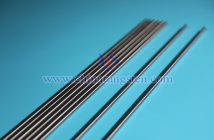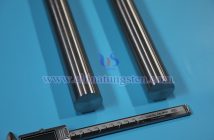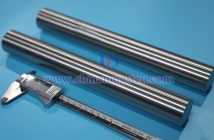The solubility of ammonium metatungstate (AMT) in water is one of its key physicochemical properties, attracting significant attention due to its wide applications in industry, catalyst preparation, and tungsten compound production.
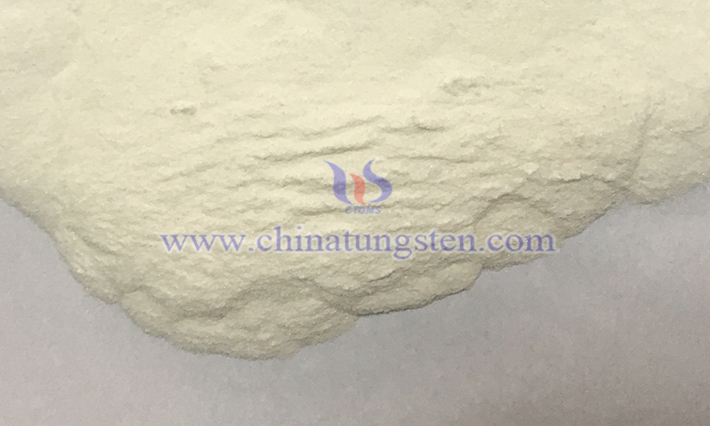
AMT exhibits high solubility in water, making it a well-soluble tungstate compound. At 25°C, its solubility is typically around 300 g/100 mL of water, meaning approximately 300 g of AMT can dissolve in 100 mL of water. At 20°C, its solubility in water is less than 2%. The solubility of AMT in water is influenced by factors such as temperature, solution pH, ionic strength, stirring speed, time, and particle size.
Temperature: Generally, an increase in temperature enhances AMT's solubility in water. This occurs because higher temperatures intensify the thermal motion of solute molecules, facilitating their ability to overcome lattice energy and interactions with water molecules, thus promoting dissolution.
Solution pH: As a weak acid-weak base salt, AMT's solubility is significantly affected by the solution's pH. In acidic conditions, a higher hydrogen ion concentration combines with metatungstate ions to form poorly dissociable weak acids, shifting the dissolution equilibrium toward increased solubility. In alkaline conditions, an increased hydroxide ion concentration suppresses the hydrolysis of ammonium ions, potentially raising the concentration of metatungstate ions and thus increasing solubility. However, this depends on the strength of the alkalinity; excessively strong alkalinity may lead to the formation of other tungsten-containing precipitates, reducing AMT's solubility.
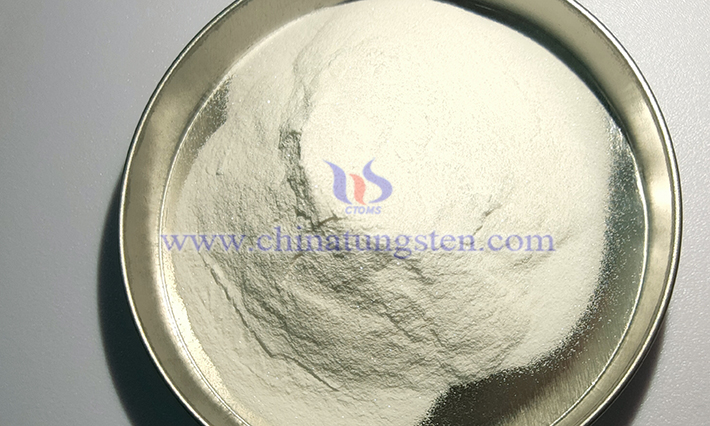
Ionic Strength: The presence of other ions in the solution impacts AMT's solubility. According to the salt effect, when strong electrolytes that do not chemically react with AMT are present, increased ionic strength lowers the activity coefficient of AMT ions, thereby increasing solubility. However, if ions capable of reacting with metatungstate or ammonium ions—such as barium ions, which can form insoluble barium tungstate precipitates—are present, AMT's solubility decreases.
Stirring Speed and Time: Increasing stirring speed and extending stirring time can accelerate AMT's dissolution rate in water. Stirring enhances contact between solute and solvent, disrupting the saturated layer on the solute's surface and allowing faster diffusion into the solvent. However, the impact of stirring speed and time is primarily kinetic; once dissolution equilibrium is reached, further stirring has little effect on solubility.
Particle Size: Smaller AMT particles have a larger specific surface area, increasing contact with water and accelerating dissolution rates, which may slightly enhance solubility. This is due to the higher surface energy of smaller crystals, making them more readily surrounded and dissolved by water molecules. However, this effect is relatively minor and becomes noticeable primarily with particle size changes at the micron or submicron level.

